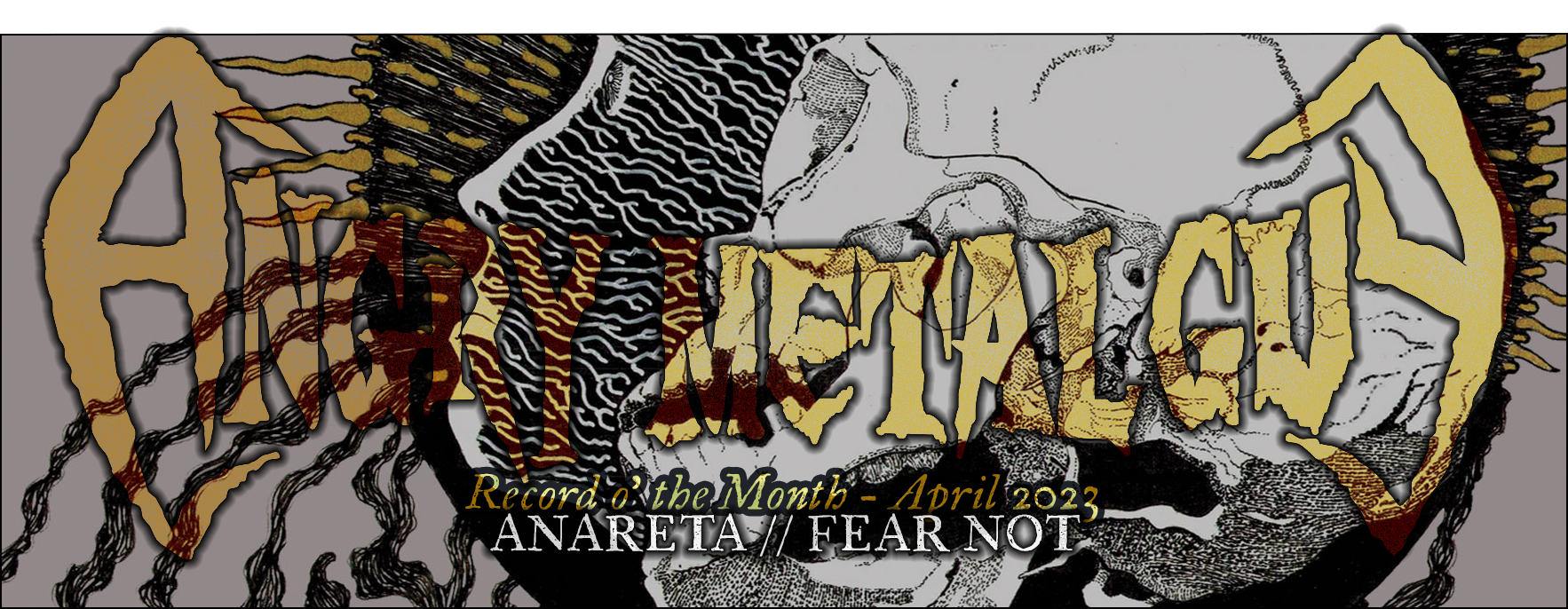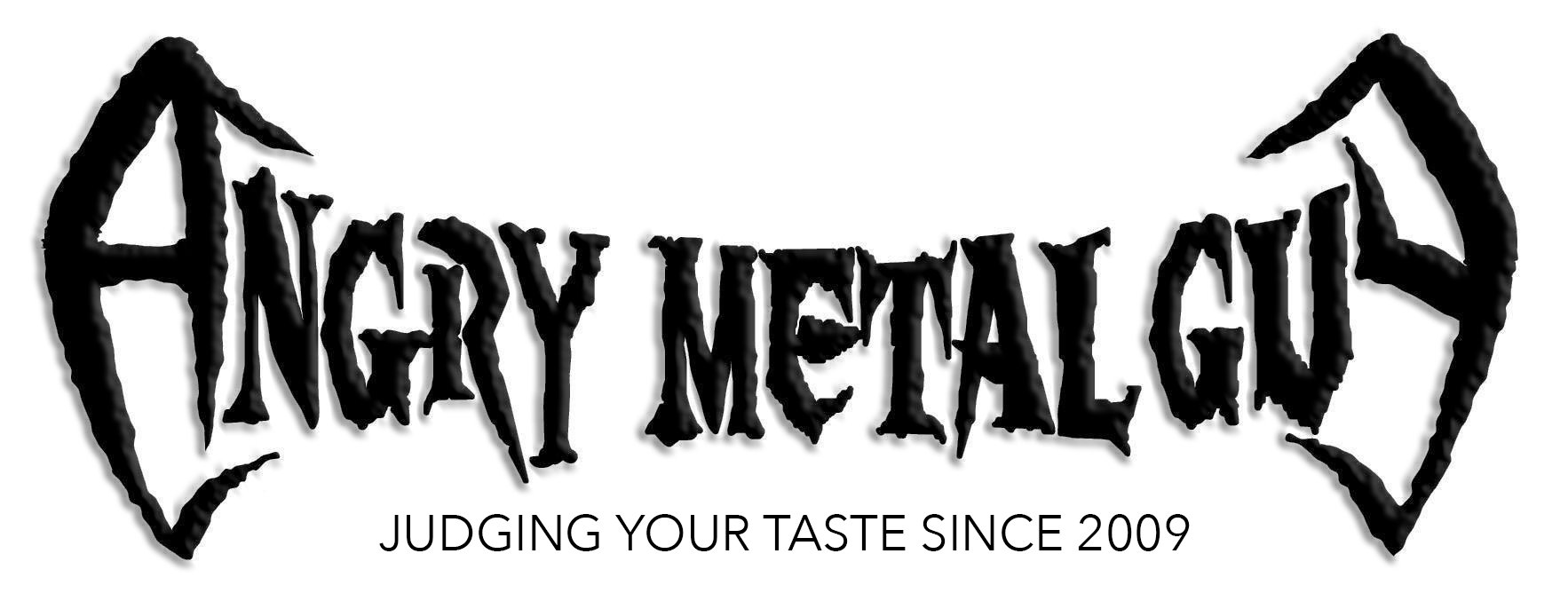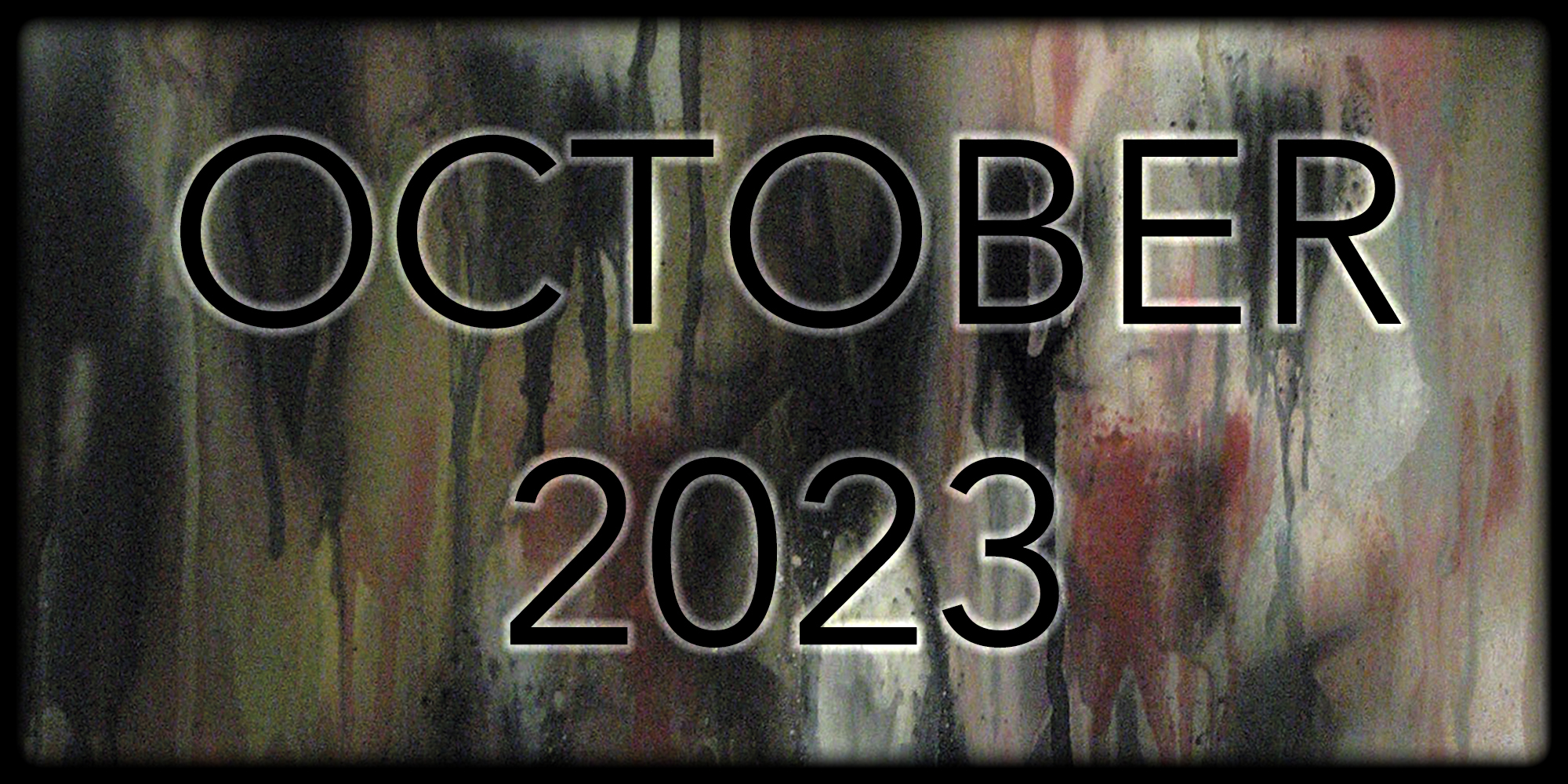 Angry Metal-Fi is a series of articles that are cross posted on Angry Metal Guy and Metal-Fi as a collaborative effort to evangelize dynamics in metal.
Angry Metal-Fi is a series of articles that are cross posted on Angry Metal Guy and Metal-Fi as a collaborative effort to evangelize dynamics in metal.
Written By: Alex-Fi
With bands like Iron Maiden, Opeth, and even Megadeth releasing their music in high-resolution audio these days, it seems like the format has finally arrived. So in today’s episode of Angry Metal-Fi we’re going to put our spotlight on high-resolution audio and hopefully help you avoid the many pitfalls and traps that plague this very misunderstood topic.
So what exactly is high-resolution audio anyway? Let’s consult Wikipedia: “High-resolution audio, also known as High-definition audio or HD audio, is a marketing term used by some recorded-music retailers and high-fidelity sound reproduction equipment vendors.”
Notice something? Not one mention of bit-depth, sample rate, or even format to speak of. Not a one. That’s because there is no industry wide accepted standard of what high-resolution audio really means. So from a purely technical standpoint, the term “high-resolution audio” is as Wikipedia states, purely a marketing term, and a very nebulous one at best. Its connotation however is usually defined as any digital audio file that has a higher sampling rate than the venerable CD, or 16-bit/44.1kHz to be precise. But as you will soon learn, that loose definition doesn’t really tell you whether or not a digital file is truly high-resolution either.
John Siau, Benchmark Media’s head engineer, has a very insightful blog post entitled, “What High Resolution Audio is Not“, that strikes at the heart of the problem with high-res audio these days. I encourage you to peruse the entire post but its main takeaway is this: high-resolution audio is not high-resolution audio unless the entire recording and playback chain is performed in high-resolution. As Siau astutely points out, if any single low-resolution device or process is introduced in the recording or playback chain, it’s sufficient to render a low-resolution result. For example, if you needle drop an album at 24-bit/192kHz that was originally recorded in 16-bit/44.1kHz, then the resultant digital file is not high-res. Same is true when an artist introduces low-resolution audio to the mix; that’s not high-res audio either.
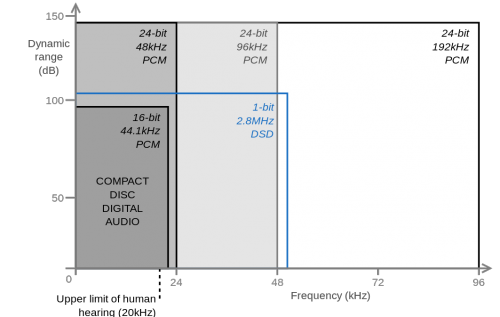
Worse yet is even the engineers themselves get confused when they talk about high-resolution audio. For example, when Iron Maiden announced they were releasing their entire back catalog in high-res, this is what Tony Newton, the band’s recording engineer, had to say, “When a lot of these tapes were last captured it was in the 1980’s, early days of digital and only 44.1khz/16bit files were possible. On top of this the new A/D convertors are far superior now, and of course it is possible to produce files of far higher resolution.” Oh it is possible, but not from those original analog tapes. The best Newton can muster is a high-resolution digital copy of a low-resolution analog recording.
The industry has tried to address the problem of recording providence but so far they’ve had very little success. To make matters worse, even if you do trust the artist or label to do the right thing in the studio, the mastering engineer typically ruins the recording in the end anyway. Again, Iron Maiden is another shining testament to that fact. Even if I put aside the technical discrepancies of trying to create high-res audio from low-res recordings, most of the new Iron Maiden remasters are significantly more compressed than their original versions. So what’s better: Loudness War style mastering in HD or highly dynamic “low-res” CD quality recordings? Personally, I’ll take the latter every single time.
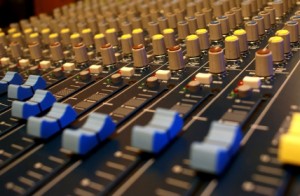 But putting all the production issues aside for a moment, do high-res recordings always sound more transparent than their equivalent CD counterparts? Statistical speaking, the answer is no. Put simply, the average listener will not be able to tell the difference between a CD quality master versus its higher resolution one. Even using a Pono.
But putting all the production issues aside for a moment, do high-res recordings always sound more transparent than their equivalent CD counterparts? Statistical speaking, the answer is no. Put simply, the average listener will not be able to tell the difference between a CD quality master versus its higher resolution one. Even using a Pono.
However, that’s not the right question to begin with. The real question is this: does a high-resolution recording chain offer any significant technical advantages over a standard-resolution one? Absolutely. Even though 16-bits has 96dB of dynamic range (and 120dB effectively), a larger bit-depth of say 24-bits gives even more room for engineers to work with (144dB), which is especially important when they’re adding a lot of DSP generated effects. Here, 24-bits can be a godsend since it can mitigate any unwanted noise or distortion that might trickle in during the mixing process. Same is true for oversampling which has been employed since the dawn of the CD to make digital-to-analog conversion more fluid. Though the Gibbs phenomenon will probably not ruin your day like it does for so many audiophiles, higher clock rates can make filter design a lot easier. In fact, many ADCs oversample the incoming analog waveform regardless of the release’s ultimate target sampling rate anyway. Moreover, the techniques of upsampling and oversampling have been shown to help reduce quantization noise, jitter, and many other technical buzzwords that may or may not even audible in the end. Still, provided one does not go overboard with insane clock rates, the bottom line is that these techniques are invaluable tools to engineers and help solve real world problems in digital audio design.
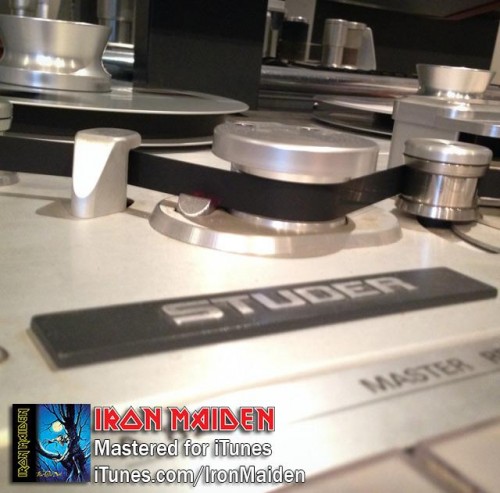
Yet the biggest reason of all to be on team high-res is that it gives labels a release vehicle to produce high quality masters – just like vinyl. Provided a recording was not completely ruined in the mix a la Fallujah, a label can go back to the original recording and right the wrongs performed in the name of the Loudness War. And any band that commits to releasing their next magnum opus in high-res hopefully realizes that like vinyl, the high-res version doesn’t need to be subjugated by the same volume requirements as the CD, and as a result, a dynamic master pops out. Obviously, it doesn’t always work that way (DR5 and 0dbFS. Stay classy Jens. -Dave), but hopefully labels and bands will hear our cries and act accordingly.
So in the end I want you to make a higher resolution when it comes to, well, high-resolution: it’s not the sampling rate that makes or breaks a recording, but how the whole recording was actually made. Understand that until the industry standardizes high-res audio as a format and even more importantly, has a labeling system in place to guarantee said format’s recording providence, every single high-resolution release should be approached with extreme caution. Put simply, do a little research first before plunking down your hard earned change for a high-res release because in the end, you just may wind up wasting a lot hard disk space. Caveat emptor.
